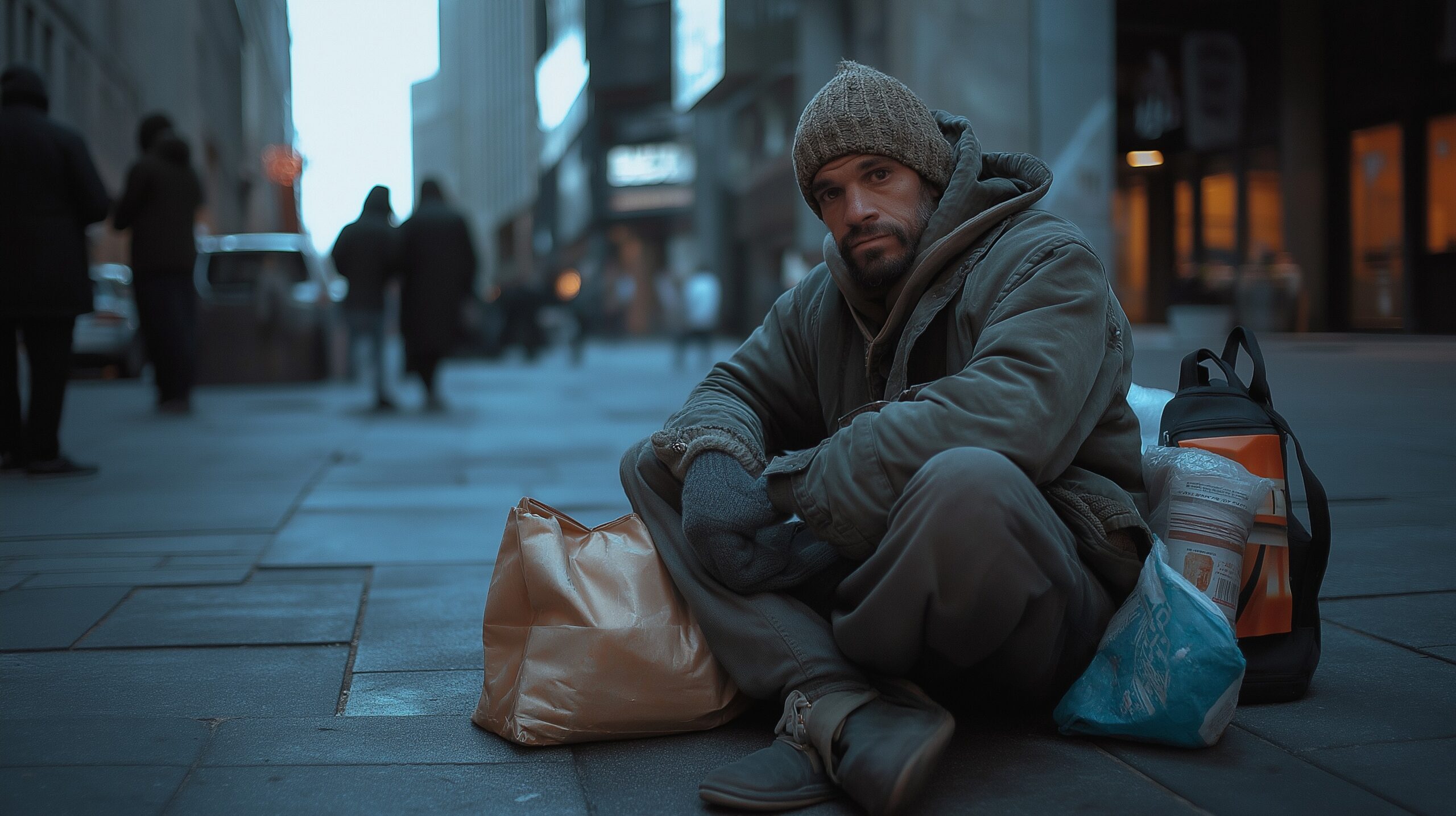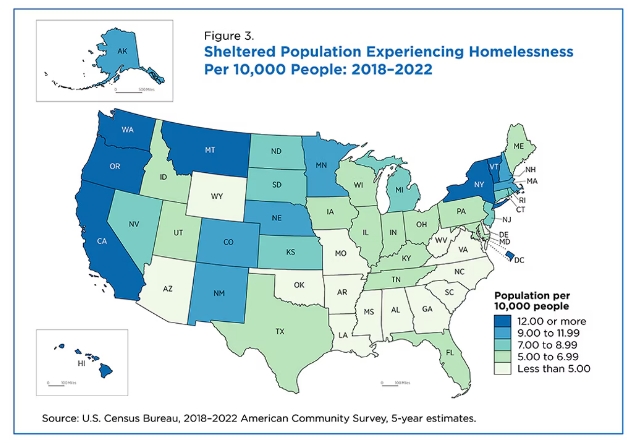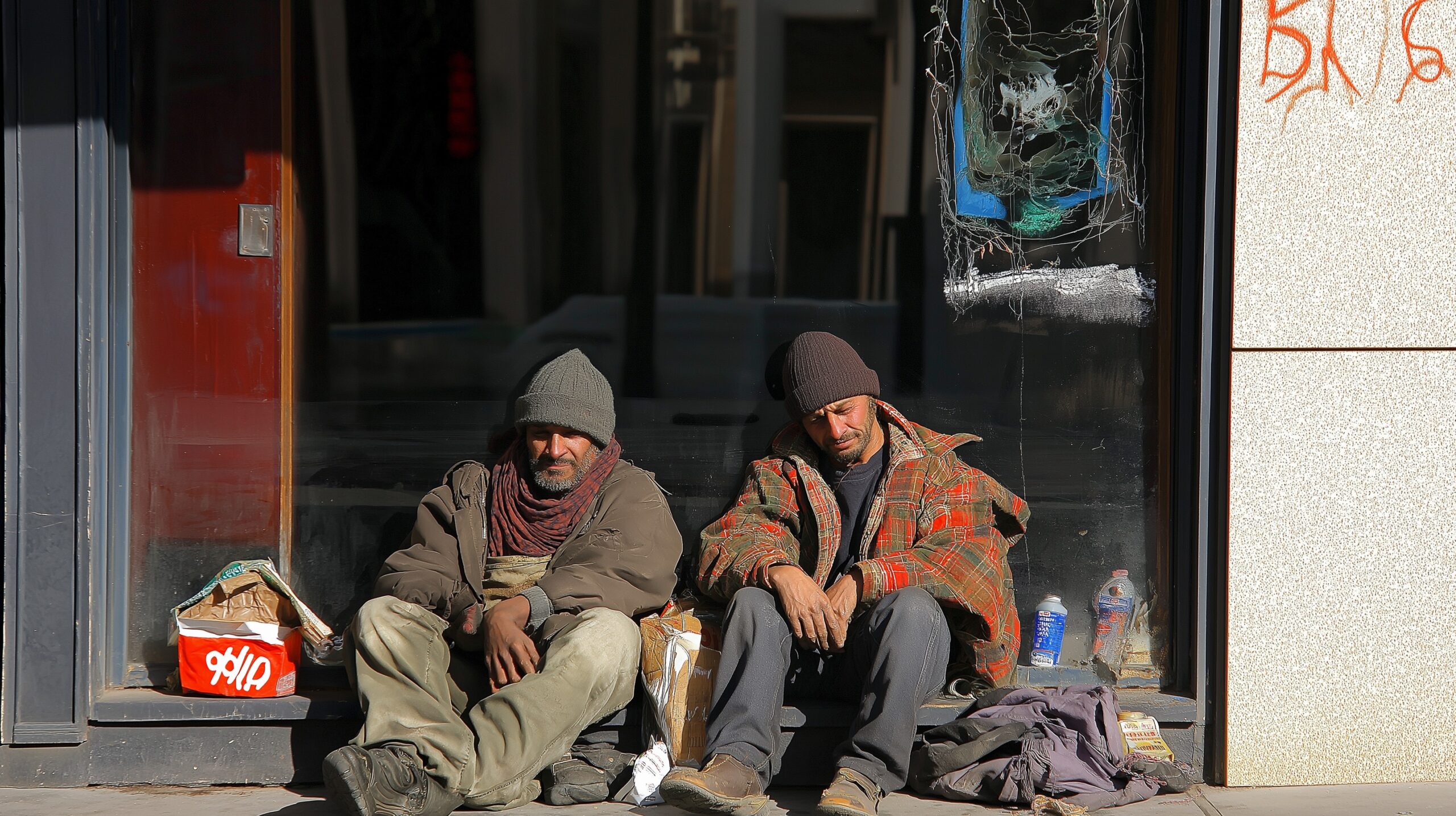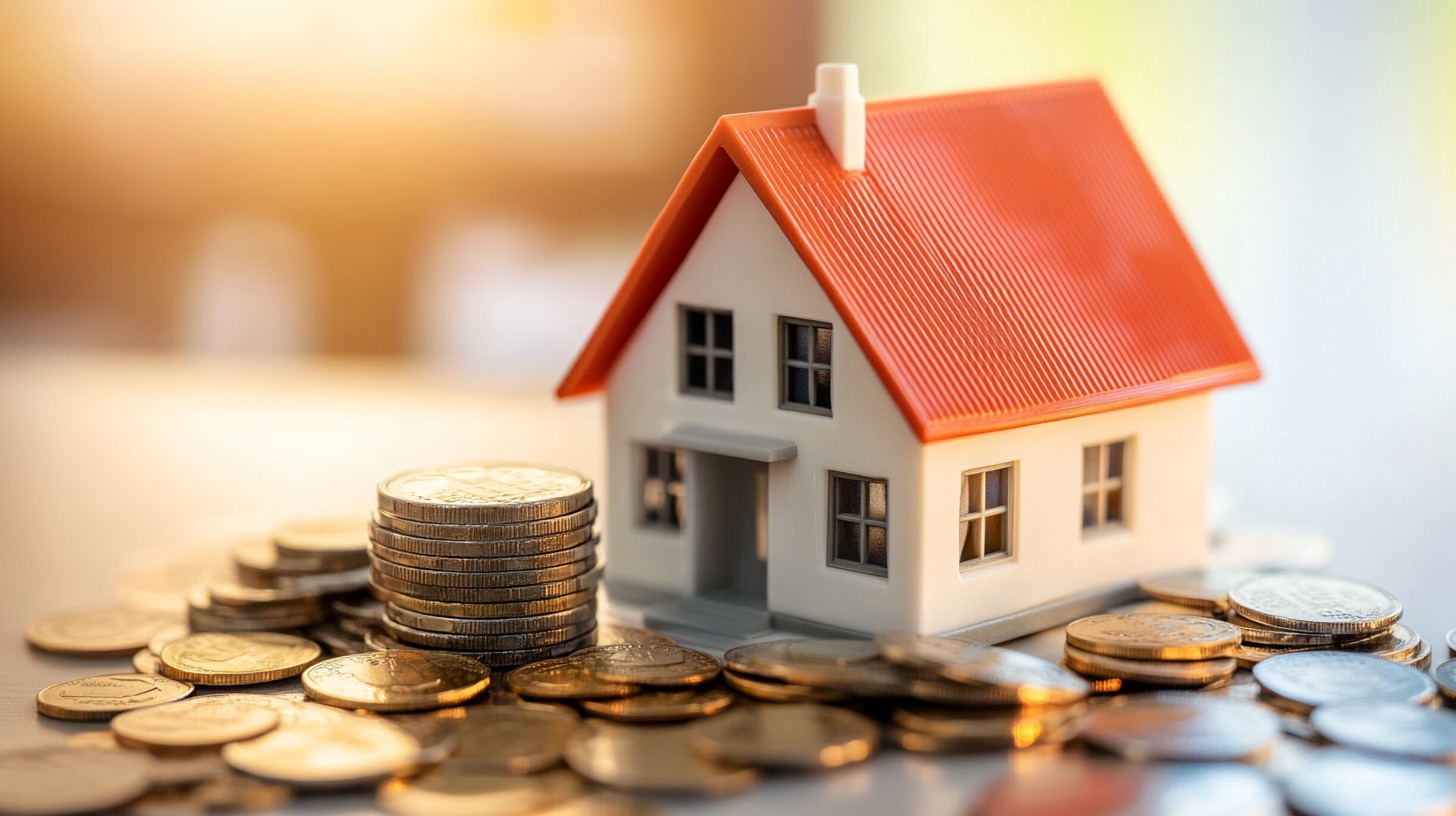Homelessness in the United States remains a pressing issue, with significant implications for society.
As of 2024, the number of people experiencing homelessness has surged, making it crucial to understand the factors driving this trend.
Addressing homelessness requires a comprehensive approach, focusing on both immediate relief and long-term solutions.
Current Statistics on Homelessness in the US

The landscape of homelessness in the United States has seen alarming growth in recent years.
There were 653,104 people experiencing homelessness across the country according to a report by National Alliance to End Homelessness.
This figure marks a 12% increase from the previous year, highlighting the severity of the situation. The demographics of homelessness reveal that 66.7% of those affected are single individuals, while 33.3% are families.
The rise in family homelessness is particularly concerning, as it indicates that more children and parents are being forced into unstable living conditions.
The data also shows a significant increase in homelessness among children, veterans, and certain ethnic groups.
Children are one of the most vulnerable populations, with the number of homeless minors rising substantially. Veterans, who often face challenges related to mental health and reintegration into civilian life, have also seen an increase in homelessness.
Ethnic disparities continue to play a role, with Black and Hispanic communities disproportionately represented among the homeless population. There has been a notable rise in homelessness within the Asian community, underscoring the diverse impact of this crisis.
Geographic Distribution of Homelessness

The geographic distribution of homelessness in the United States varies widely, with certain states bearing a disproportionate share of the burden.
- California – 171,521
- New York – 74,178
- Florida – 25,959
- Washington – 25,211
- Texas – 24,432
These five states alone account for a significant portion of the national homeless population, with California and New York representing 44% of the total.
When looking at homelessness on a per capita basis, the District of Columbia stands out with the highest rate, at 65.8 homeless individuals per 10,000 people according to Statista.
- California
- Vermont
- Oregon
- Hawaii
- New York
This geographic concentration highlights the disparities in homelessness across the country, with urban areas, in particular, being heavily impacted.
Urban homelessness is a significant issue, with over half of the homeless population residing in the nation’s 50 largest cities.
However, rural areas are not immune to the problem. In fact, rural homelessness has seen a 10% increase, reflecting the broader challenges faced by economically disadvantaged regions.
The contrast between urban and rural homelessness underscores the need for targeted solutions that address the specific needs of different communities.
Special Populations Experiencing Homelessness

Certain populations are particularly vulnerable to homelessness, including those experiencing chronic homelessness, children and families, veterans, and ethnic minorities. Chronic homelessness, defined as long-term or repeated episodes of homelessness, affects 31% of the homeless population.
This issue is particularly acute in western states, with California being the most severely impacted. The persistence of chronic homelessness highlights the challenges in addressing the needs of individuals with complex health and social issues.
Children and families represent a growing segment of the homeless population. In 2023, there were 111,620 homeless children in the United States, with Massachusetts reporting the highest proportion of homeless minors.
The rise in family homelessness is deeply concerning, as it exposes children to the risks of instability, interrupted education, and trauma. Addressing this issue requires coordinated efforts to provide stable housing, educational support, and family services.
Veterans, who have served their country, are another group disproportionately affected by homelessness.
The past year saw a 7% increase in veteran homelessness, despite progress in some states like New York, which has made significant strides in reducing the number of homeless veterans.
The challenges faced by veterans, including mental health issues and difficulties in transitioning to civilian life, require specialized interventions and support systems.
Ethnic disparities in homelessness are also evident, with Black and Hispanic communities being disproportionately affected.
The rising number of homeless individuals from these communities points to broader systemic issues, including economic inequality, discrimination, and lack of access to affordable housing.
The increase in homelessness among the Asian community further emphasizes the need for culturally sensitive approaches to addressing this crisis.
Factors Contributing to the Increase in Homelessness
Economic disparities are one of the primary contributors to the increase in homelessness across the United States. Rising income inequality, coupled with persistent inflation, has placed immense pressure on low- and middle-income households.
As wages fail to keep pace with the increasing cost of living, many Americans are finding it more challenging to afford basic necessities, including housing.
The widening gap between the wealthy and the working class has resulted in a growing number of individuals and families being unable to secure stable housing.
The Housing Affordability Crisis

The housing affordability crisis is perhaps the most significant driver of homelessness in the United States today. Urban areas, in particular, have seen skyrocketing housing costs that have priced out many low- and middle-income families.
The lack of affordable housing options is a critical issue, as the supply of low-cost rental units and entry-level homes has not kept up with demand.
Even individuals who are employed full-time may struggle to find and maintain housing due to stagnant wages that do not match the rising costs.
This mismatch between income and housing costs has created a situation where many Americans are living paycheck to paycheck, with little to no buffer for emergencies.
When faced with sudden financial hardships, such as job loss or unexpected medical expenses, these individuals are at a high risk of becoming homeless.
Impact of the End of COVID-19 Relief Programs
The expiration of COVID-19 relief programs has had a significant impact on the rise in homelessness.
During the pandemic, measures such as eviction moratoriums, enhanced unemployment benefits, and stimulus payments provided a safety net for many vulnerable populations.
These programs helped prevent a surge in homelessness by allowing individuals to remain in their homes despite financial difficulties.
As these relief measures ended, many people found themselves unable to keep up with rent or mortgage payments, leading to a sharp increase in evictions.
The withdrawal of government support has left many Americans without the resources needed to secure stable housing, pushing them into homelessness at a time when economic recovery remains uneven.

Immigration and the Strain on Housing Resources
The increase in immigration and the arrival of asylum seekers have also contributed to the rise in homelessness, particularly in major cities.
As more people seek refuge in the United States, the demand for housing and social services has surged, often outpacing the available supply.
This influx of new residents, many of whom arrive with limited financial resources, has strained housing markets that were already under pressure.
In cities with large immigrant populations, the competition for affordable housing has intensified, leaving both new arrivals and long-time residents at risk of homelessness.
The limited availability of social services and support networks for immigrants further exacerbates the challenges they face in securing stable housing.
Limited Access to Healthcare

Limited access to healthcare, particularly for mental health and substance abuse treatment, plays a critical role in the increase in chronic homelessness.
Many individuals experiencing homelessness struggle with mental health issues and addiction, which can create significant barriers to maintaining stable housing.
Without access to appropriate healthcare and support services, these individuals may find it difficult to manage their conditions, leading to a cycle of homelessness and instability.
The lack of affordable and accessible mental health care exacerbates the problem, as those who are most in need of help are often the least able to obtain it.
The gap in services highlights the need for comprehensive healthcare solutions that address the root causes of homelessness and provide the necessary support to help individuals achieve long-term stability.
Summary
The United States has the potential to significantly reduce homelessness through coordinated efforts and sustained investments.
Addressing the root causes of homelessness, such as economic disparities, housing affordability, and healthcare access, is crucial.
Continued monitoring and adaptation of policies are necessary to respond to the evolving nature of this crisis and to provide lasting solutions for those affected.

